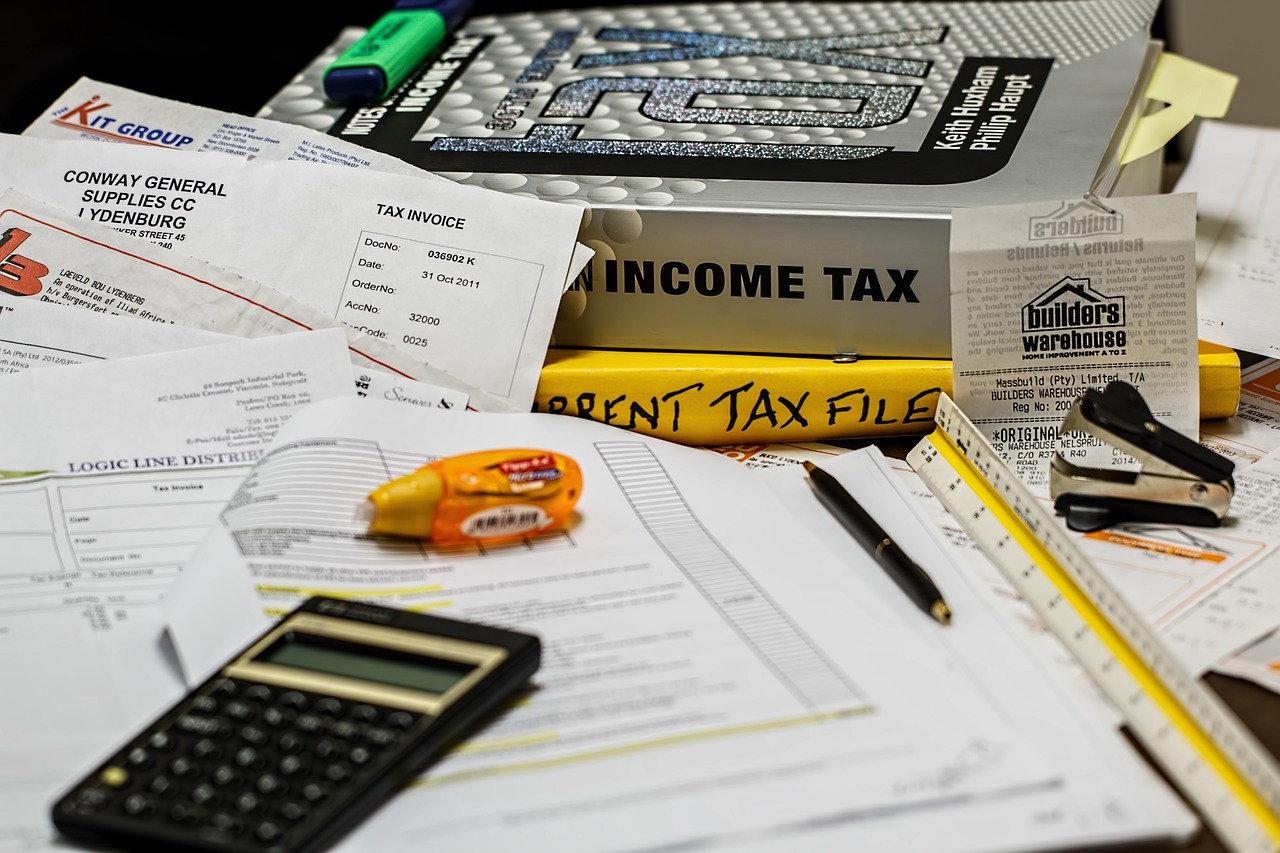
The tax season is here, and with that comes the process of making last-minute tax-saving investments (we believe this should be done at the beginning of the financial year rather than at the end). While you may know how employees can save on taxes by claiming various deductions, how can the self-employed or businesses reduce their taxable liabilities? For self-employed individuals and businesses, planning for tax means tracking various components, including profits from a business or profession, capital gains, rental income, royalties, and more. To help you with that, in this article, we will cover how to save taxes as a self-employed individual in India.
Save on Taxes in India as a Self-Employed
Business Expenses
Office rent and utilities are fully deductible if used exclusively for business. For home offices, calculate the proportion of space used for business and deduct that percentage of rent and utilities. For example, if your home office occupies 20% of your total living space, you can deduct 20% of your rent and utility bills.
Equipment and supplies costing less than ₹5,000 can be immediately deducted. For more expensive equipment, you can claim depreciation. Don't forget to include the costs of office supplies, software subscriptions, and maintenance.
Vehicle expenses for business use can also be claimed using either actual expenses or a standard mileage rate. Keep detailed logs of your business trips to support your claims.
Travel and accommodation expenses for work trips are deductible, including airfare, train tickets, hotel stays, and meals. Ensure these are directly related to your business and properly documented.
Depreciation Benefits
Depreciation allows you to deduct the cost of assets over their useful life. Different asset classes have different depreciation rates. For example, computers and software can be depreciated at 40% per year using the Written Down Value (WDV) method. Manufacturing businesses can enjoy additional depreciation of 20% in the first year for new plant and machinery. There's also accelerated depreciation of up to 80% in the first year for certain renewable energy devices, promoting the adoption of green technologies. Office cars can also be depreciated at 15% per year. This reduces your taxable income.
Employee-related Expenses
Salaries and wages, including bonuses and commissions, are fully deductible. Ensure these are reasonable for the work performed and properly documented.
Employer's contributions to the Employee Provident Fund are deductible up to 12% of the employee's salary. This not only helps in retaining employees but also provides significant tax benefits.
Staff welfare expenses, such as team-building activities, health programs, and other welfare initiatives, are also deductible. However, keep these expenses reasonable, typically under 5% of the total salary bill.
Tax-Saving Investments To Save On Taxes
Section 80C Investments
You can claim deductions up to ₹1.5 lakhs under Section 80C. This includes:
Life Insurance Premiums: Ensure the premium is not more than 10% of the sum assured for policies issued after April 1, 2012.
Equity-Linked Savings Schemes (ELSS): These mutual funds come with a 3-year lock-in period and offer potential for higher returns compared to traditional tax-saving instruments.
- Public Provident Fund (PPF): A long-term savings option with tax-free interest, currently at 7.1% p.a. (subject to quarterly revisions).
National Pension Scheme (NPS)
Health Insurance Premiums
Under Section 80D, you are eligible to claim deductions for health insurance premiums:
Up to ₹25,000 for self and family (₹50,000 for senior citizens)
- An additional ₹25,000 for parents (₹50,000 if they are senior citizens).
Save Taxes with Government Schemes
MSME-specific Tax Benefits
Start-up India Tax Incentives
Export-oriented Business Benefits
Exporters can take advantage of schemes like the Duty Drawback Scheme, Export Promotion Capital Goods (EPCG) scheme, and Special Economic Zone (SEZ) benefits. These offer various tax exemptions and incentives to boost exports.
Use Presumptive Taxation
Criteria | Businesses (Section 44AD) | Professionals (Section 44ADA) | Transport Business (Section 44AE) |
Turnover/Gross Receipts Limit | Up to ₹3 crores (if cash receipts ≤ 5% of total receipts) Up to ₹2 crores (if cash receipts > 5% of total receipts) | Up to ₹75 lakhs (if cash receipts ≤ 5% of total receipts) Up to ₹50 lakhs (if cash receipts > 5% of total receipts) | No turnover limit |
Applicable to | Individuals, HUFs, and partnership firms (excluding LLPs) | Professionals with specified gross receipts | Individuals in the transport business |
Income Calculation | 6% of turnover for digital transactions 8% of turnover for non-digital transactions | 50% of gross receipts | ₹1,000 per ton of gross vehicle weight for heavy goods vehicles ₹7,500 per month or a part thereof for other vehicles |
You need to note that under presumptive taxation, the entire estimated tax liability should be paid by March 15th of the financial year. So, for FY2025, you need to pay it by March 15, 2025. Also, once opted for, the scheme must be followed for five consecutive years. If you decide to opt out before five years, you cannot enrol in the scheme for the next five years.
Conclusion
Tax planning as a self-employed individual can be complex, but you can save on taxes by leveraging various schemes and deductions. While you cannot completely avoid paying taxes, you can plan to save your money and improve your business's financial health.


